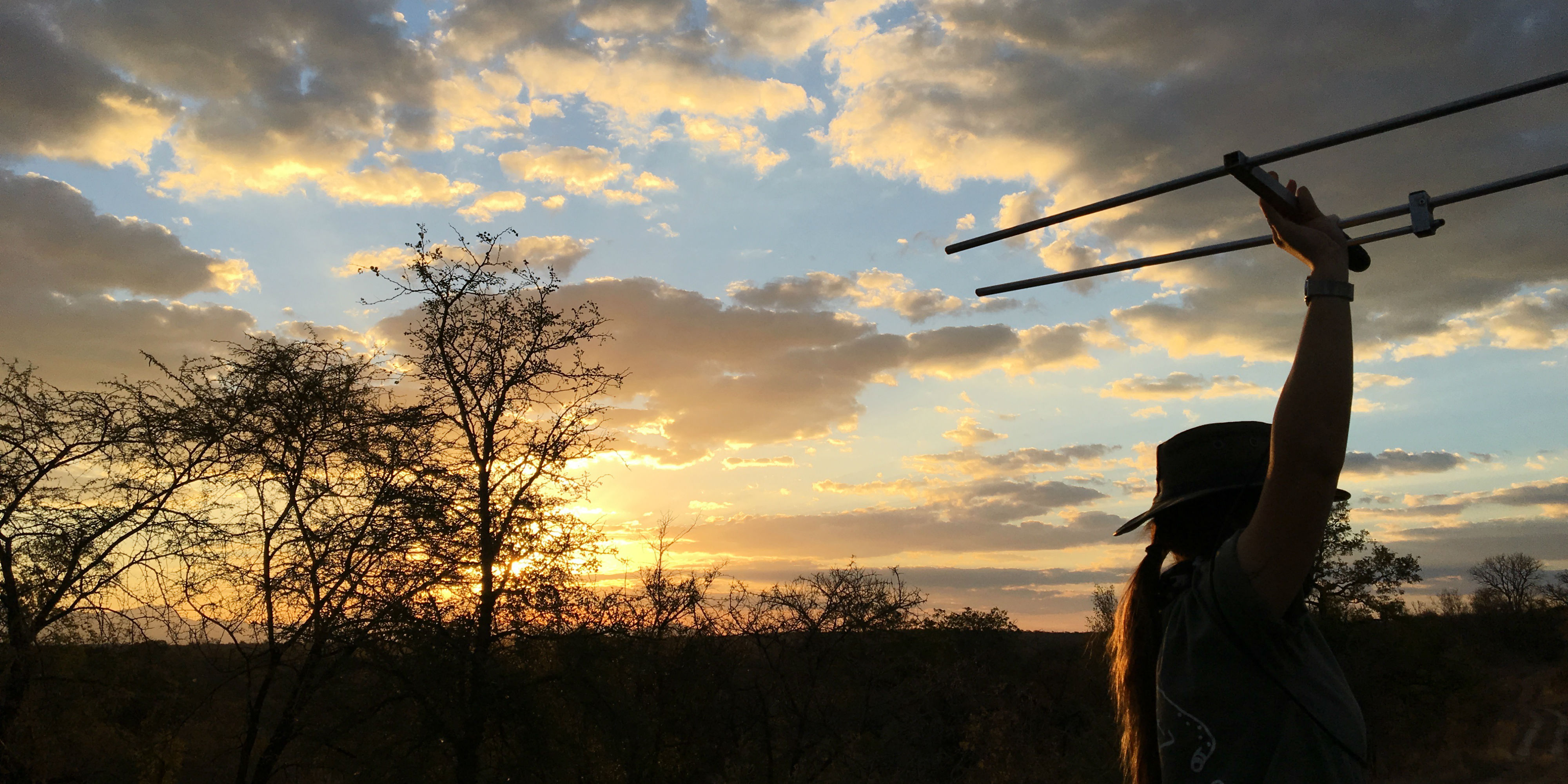Discover how Namib Desert wildlife thrives in extreme conditions – elephants, beetles, plants & more adapt uniquely to survive harsh environments.
GVI
Posted: July 9, 2024

Clare Woolston
Posted: February 15, 2019
Original photo: Joost Rooijmans
You’ve just had the most incredible wildlife encounter of your life: A lion roaring right next to your vehicle. Other than amazing experiences with wildlife, here are four other reasons why it’s great to volunteer in wildlife conservation.
At GVI, our wildlife and marine conservation projects focus on threatened species and are designed to have a lasting impact. This is in line with the United Nations Sustainable Development Goals (UN SDGs) 14 and 15: life on land, and life below water.
On our lemon shark and turtle conservation project we gather vital information to help conserve the understudied sicklefin lemon shark.

Based in the tropical island paradise of Curieuse in Seychelles our participants work to catch baby sharks, take their measurements and then release them. Through this program, we have estimated the number of sharks in the Curieuse area for the first time. Without this baseline figure, we can’t detect increasing or decreasing trends in the number of sharks in the area.
We give the scientific data we gather under this project to the Seychelles Ministry of Environment, Energy and Climate Change. By doing this, the ministry can create evidence-based local conservation policies.
Participant empowerment is important to us at GVI. By joining one of our wildlife conservation projects, you will experience personal growth. One key way is by gaining skills employers look for.
For example, on our camera trapping and data collection project in South Africa you will learn the art of camera trapping. This is a remote method used to survey wild animal populations, and detect otherwise cryptic species.

You’ll track large predators via radio telemetry while travelling the savannah in the Karongwe Private Game Reserve. When you see them, you will record the behaviour of lions, leopards and cheetahs in small teams.
These data collection methods help us to understand what species are present, how they behave and interact, and how they move through the landscape. When wildlife managers know this, they are equipped to better conserve those species.

At GVI, we partner with local communities to deliver wildlife conservation projects. This means you will be immersed in, and collaborate with a local community throughout your travel experience.
On our Thailand elephant project, you will see the northern mountain forests of the Chiang Mai Province in a different way from the regular traveller.
You’ll interact with a Karen hill tribe community that has been working with elephants for centuries. You will live with, cook, and eat with a local family.
As a project participant, you will work with the owners and local mahouts (traditional elephant keepers) on a program that helps to develop alternative livelihoods. This is needed to fund their elephants, now retired from the tourism industry and living semi-wild in the forests.

Research shows that close connection to nature is good for our well-being. In our modern world ,we are more sedentary than ever. Our brains experience constant artificial stimulation. As a result, we can suffer from a variety of health issues like chronic stress.
But after two nights in nature, your levels of cortisol, a stress hormone in your body, lowers. Our bases for wildlife conservation are set in national parks, reserves or in remote locations. Our research base for jaguar conservation in Costa Rica is in the jungle, next to the Caribbean Sea.

There is no wifi. The nearest town is an hour’s boat ride away. You’ll walk along beaches looking for jaguar tracks and signs of their prey species. You can’t get more connected to nature than that.
So join us at GVI on one of our exciting wildlife conservation projects and make a lasting impact. You’ll immerse yourself in a local community, and collaborate with them to conserve a threatened species. You’ll also empower yourself and improve your well-being. Find out how.
Discover how Namib Desert wildlife thrives in extreme conditions – elephants, beetles, plants & more adapt uniquely to survive harsh environments.
GVI
Posted: July 9, 2024